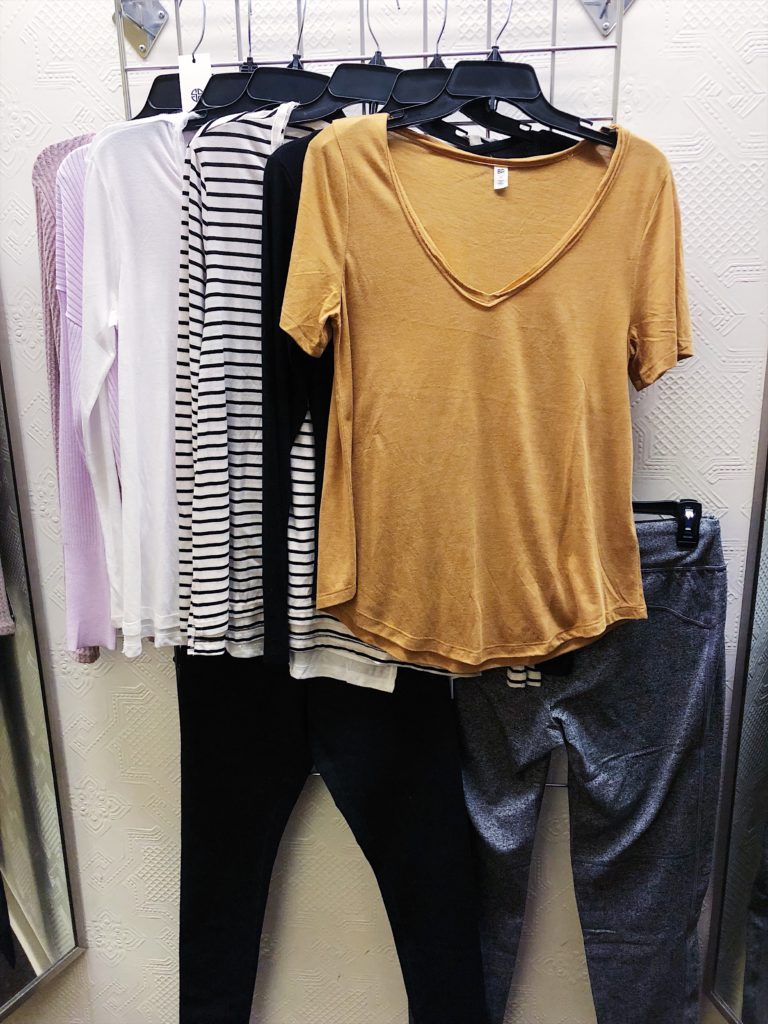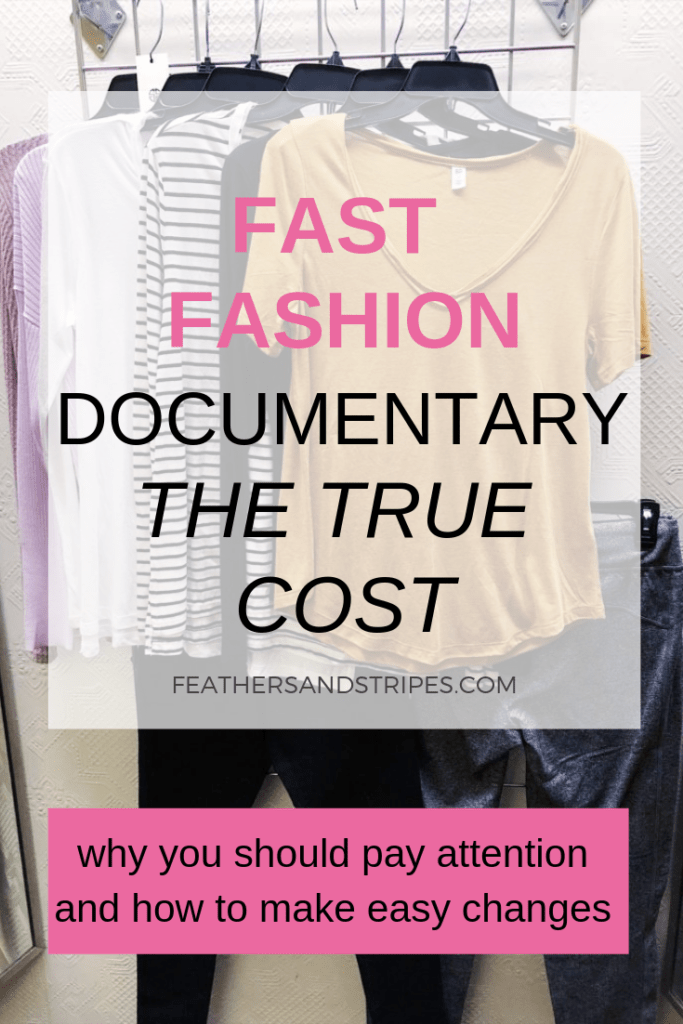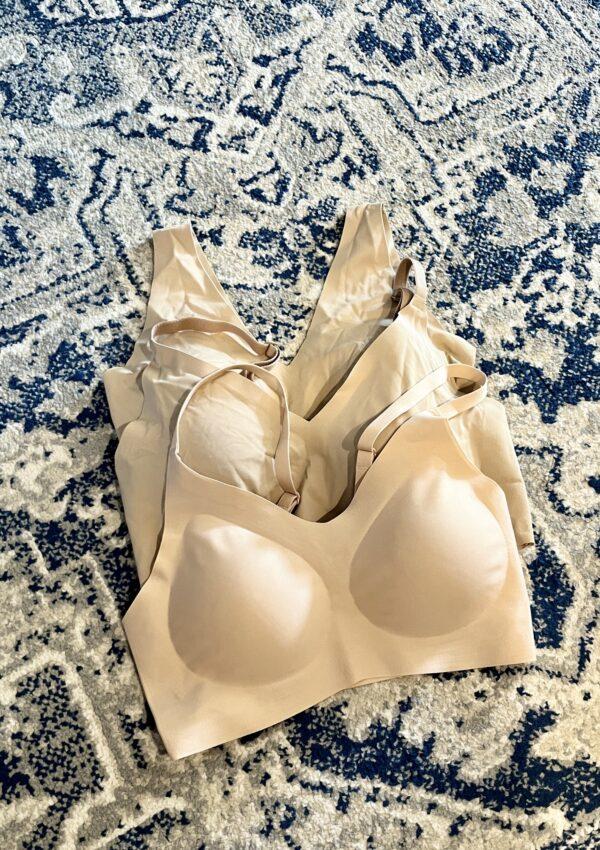I watched this documentary a while ago, but I had to rewatch it over the weekend. There are so many people posting about clothing that you can find on Amazon for $25, $15, $10…And while I love a great deal as much as the next girl, it’s something we have to talk about. When you stop and think about it, you can’t buy just the fabric for that price, never mind the labor of actually making a shirt or a skirt or whatever you’re buying.
I am not at all suggesting that all moms should go out and buy $150 play dresses for their toddlers. That just wouldn’t be realistic for most people. What I am suggesting is that you really think about how much you are buying. Or what you’re buying.
Do you really need 4 white t-shirts? Or could you invest a little more in one better-quality shirt that is made in a more ethical manner? (Did you know that it takes about three years’ worth of drinking water – or 715 gallons – to grow the cotton for a cotton t-shirt??)

Most Americans throw away 82 lbs on average of textile waste per year (according to this documentary). Instead of throwing away clothing you don’t want anymore, sell it on a site like ebay. Donate it. Give it to a friend. Sell it at a consignment store.
One closet where it’s really easy to accumulate a lot? E’s closet. Especially because kids grow SO FAST, things get dirty, etc. I’d say about 25% of her wardrobe has been made up of hand-me-downs or stuff I purchased at consignment, which is perfect when you’re packing away bins of clothing every few months. Not only does it save you cash, but it’s environmentally friendly. (And the number of items I’ve seen at consignment with the tags still on is nuts!) That’s not to say that I don’t get excited to buy new kids’ clothes at the start of a new season… I stop and remind myself not to overbuy!
If you’re not into secondhand, look at brands that make an effort to be better to the environment and the people who work for them. Some brands you’ve probably heard of that are fair trade or ethically made: Outdoor Voices, Cuyana, Patagonia, People Tree.
We need to do better for the environment, for our kids, and especially for the people who are employed in the clothing industry. It’s heartbreaking to hear some of the stories of workers profiled in the documentary. I hope you’ll check it out. It’s a quick watch, only about an hour and a half!
Here are some of the facts and figures within the documentary that I found to be mind-blowing:
- The US only makes about 3% of clothing sold here. The rest is imported from countries like China and Bangladesh.
- The clothing industry is a $3 trillion business.
- A worker in Bangladesh’s manufacturing industry makes about $2 per day.
- Most Americans will throw away 82 lbs on average of textile waste per year.
- Only about 10% of clothing donated actually gets sold as-is.
If you want to watch the documentary, you can find it on Netflix. It’s called The True Cost. Have you seen this one yet?






I gave up fast fashion completely about ten years ago. I have a small, but quality wardrobe built up of pieces largely made in the EU. Of course, this means not being in on every little trend, but I never was anyway, so I suppose it’s easier for me than for people who care about being perfectly current.
I’m moving towards a smaller, higher-quality wardrobe. That’s awesome that you have done it already! You’re right, you can’t stay “on trend” if you go away from fast fashion, but that doesn’t mean you can’t look amazing. What’s your favorite brand for quality pieces?
I really like Eileen Fisher, who is focused on sustainability and designs really classic, timeless pieces that are still interesting and not the least bit stodgy.